
Recently, ViaBTC Capital invested in a Web 3 data infrastructure project called BlockVision, which just completed its $5 million seed round fundraising co-led by Shima Capital, Synergis Capital, and Qiming Venture Partners. BlockVision is a high-availability indexing and computing network that enables complex queries and data analysis and supports multiple chains for DeFi, GameFi and NFT applications.

Problems for existing API productsAt present, the existing API products cannot support developers to store and transform data to build their own APIs. As the indexing protocols are based on a stand-alone model, high availability and synchronization performance pose a huge challenge.
BlockVision’s solutionThrough BlockVision’s data cloud and unique API, blockchain users can easily query, analyze, store and monitor data, while developers can effectively build their own data warehouses and APIs efficiently. BlockVision’s products include cloud data, API services, and data visualization, which enable NFT aggregation, GameFi user portraits, behavior monitoring, historic snapshots, whale monitoring, real-time computing, and hacker tracking.
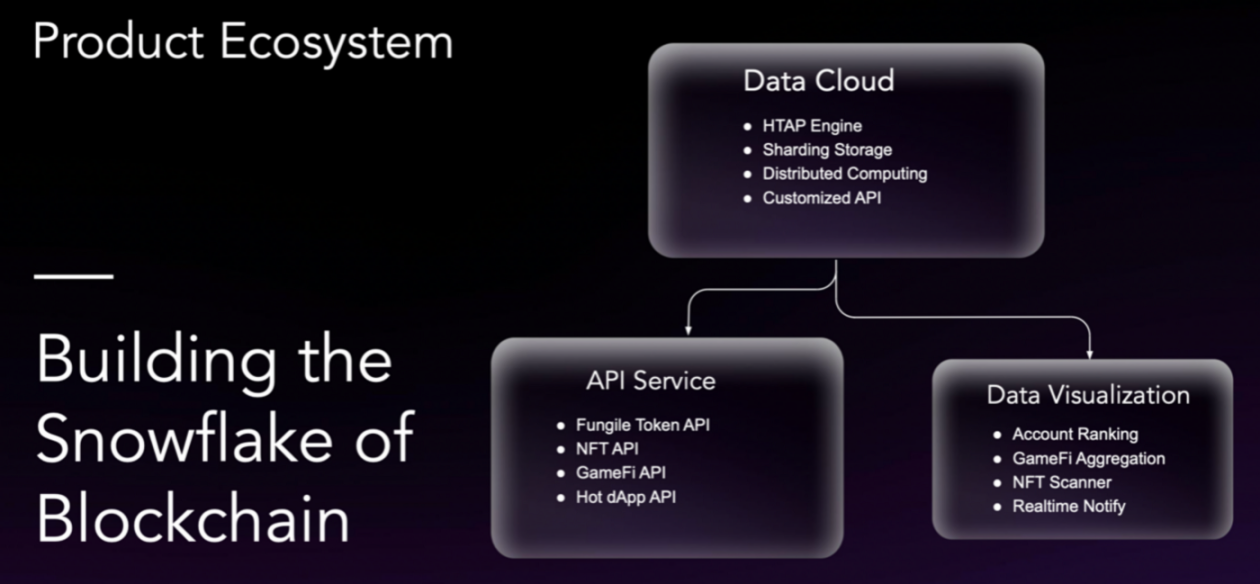
Competitive Edge

BlockVision’s Five-Layer Tech Architecture

Each layer of BlockVision’s architecture will support elastic expansion, which means that when the amount of data increases or the higher performance is required, these problems will be solved by expanding the cluster. At the same time, the problem of having a single point of failure no longer exists.
- Gateway LayerThis layer manages data scheduling commands based on real-time data distribution status reported from storage nodes. It is in charge of maintaining the real-time data distribution of each storage node as well as the cluster’s overall architecture and providing the dashboard control interface.
- Computing LayerThis layer mainly focuses on accepting the client’s connection, analyzing and optimizing SQL, and running syncer job. The computing layer does not keep data; instead, it parses SQL and sends the data reading request to the storage layer below. The computing layer’s node is stateless. For the sake of load balancing, several computing nodes can be launched in the cluster, and the client’s connection can be uniformly split among multiple instances. Simultaneously, the computing layer will pull data from several public chains in real time to push data to the storage layer.
- Storage LayerThis layer is particular. The data will be dispersed among several KV storage nodes, and the system will be equalized automatically. In the vast majority of cases, no manual intervention is required. The data in the storage layer will keep several copies, which allows high availability and automatic failover. As the amount of data on the chain grows, the storage layer can be partitioned to accommodate the growth.
- Billing LayerThe billing layer will dynamically calculate the service costs required for customer queries, and the basic parameter will be modified by the BlockVision community’s collective governance. The billing layer will also be responsible for assigning BV incentives to certain roles.
- Monitoring LayerIt is a flexible function. BlockVision will provide monitoring tools to help developers keep track of the status of smart contracts in real time.New progress about BlockVisionBlockVision has reached in-depth cooperation with the Offchain-Labs team, and in the coming weeks, they will provide a series of developer kits and data analysis APIs for the Arbitrum ecosystem. At present, BlockVision has supported functions such as Archive API, Alert, etc. to facilitate quick debugging based on its Dashboard, Console, Stats, and other tools. At this stage, BlockVision is compatible with almost all the functions supported by Infura/Alchemy. At the same time, BlockVision can help developers with complex on-chain data analysis. Here are some key milestones: Chainswap and Anyswap are using BlockVision’s API to develop cross-chain NFT infrastructure. Bifrost is using BlockVision’s API for airdrops. MDEX is using BlockVision’s developer kit and RPC Node to provide trading services. Fairproof is using BlockVision’s developer kit for contract auditing.

Our vision about BlockVisionEthereum and other public chains are prospering, and data is mounting, which requires data storage, indexing and analysis functions of infrastructure.With experience in database self-development, the BlockVision team provides better APIs by optimizing database storage, and then offers sorted data to third-party developers so that they can directly perform complex data operations.Compared with those of Infura and Alchemy, BlockVision’s APIs target market needs, with features such as hacker asset tracking, GameFi user portraits, etc.We believe that BlockVision can 1) solve the problem of the mounting data; 2) complement existing data solutions on the market; 3) truly become a blockchain infrastructure; 4) improve data storage, indexing and analysis functions; and 5) provide multi-chain solutions. In particular, its current focus on the GameFi field offers superiority in supplementing the data in the GameFi field and meeting the need for analysis.

About BlockVisionWebsite: https://blockvision.org/Twitter: https://twitter.com/blockvisionhqTelegram: http://t.me/blockvisionannDiscord: discord.gg/Re6prK86Tr
About ViaBTC Capital:ViaBTC Capital, a wholly-owned investment brand under ViaBTC Group, focuses on investment in Web 3.0, Layer 2 and DApps combining DeFi, NFT or DAO elements.Relying on ViaBTC Group’s cutting-edge views, solid capabilities and comprehensive resources, ViaBTC Capital aims to become one of the preferred capital for start-ups and creative implementation in the blockchain world.Website: https://capital.viabtc.com/Twitter: https://twitter.com/ViabtcCapitalMedium: https://medium.com/@ViaBTC_Capital
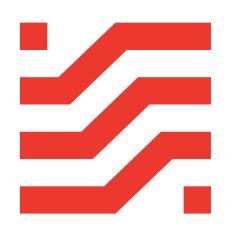
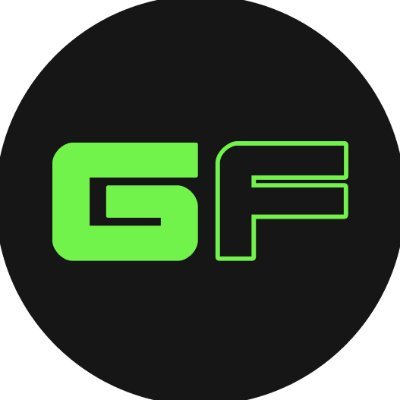


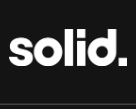


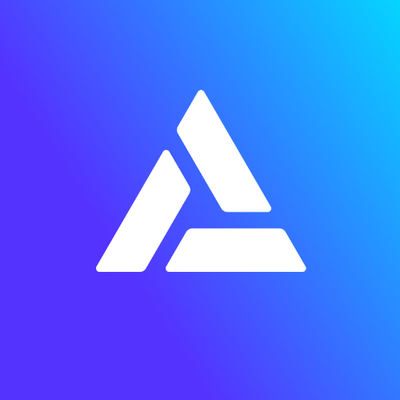



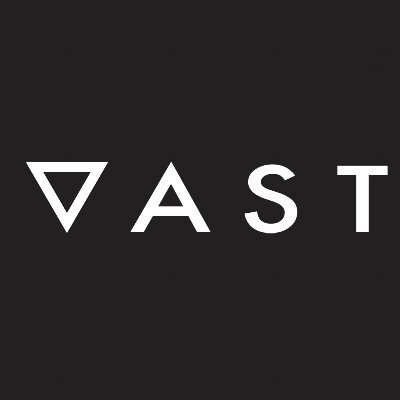
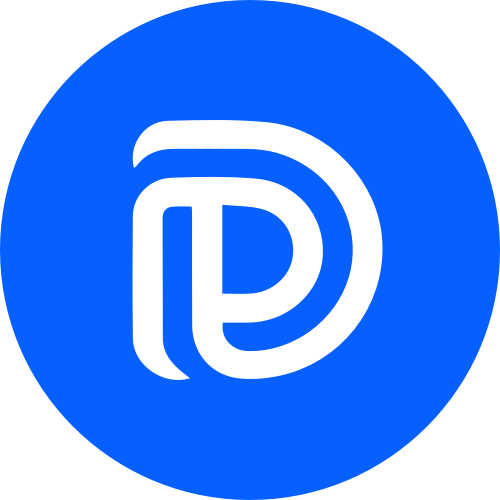

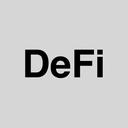

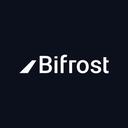



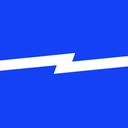

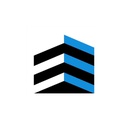


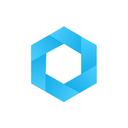



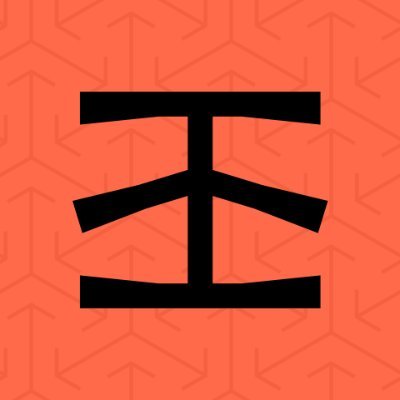


【免责声明】市场有风险,投资需谨慎。本文不构成投资建议,用户应考虑本文中的任何意见、观点或结论是否符合其特定状况。据此投资,责任自负。
推荐专栏












